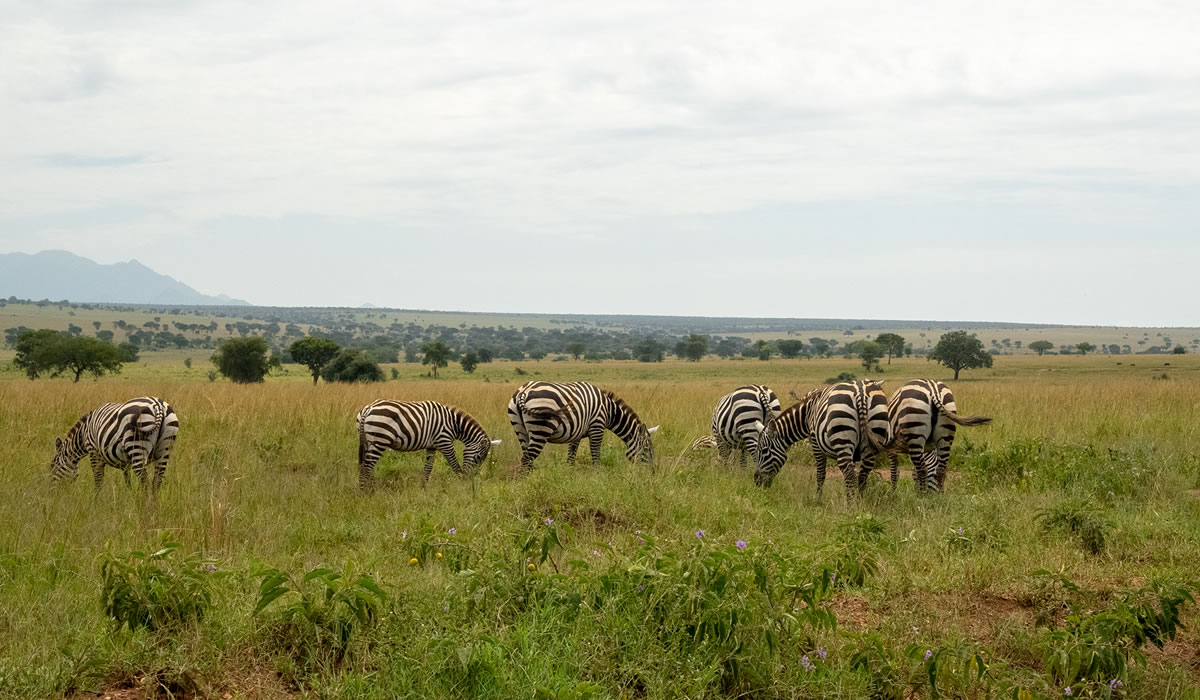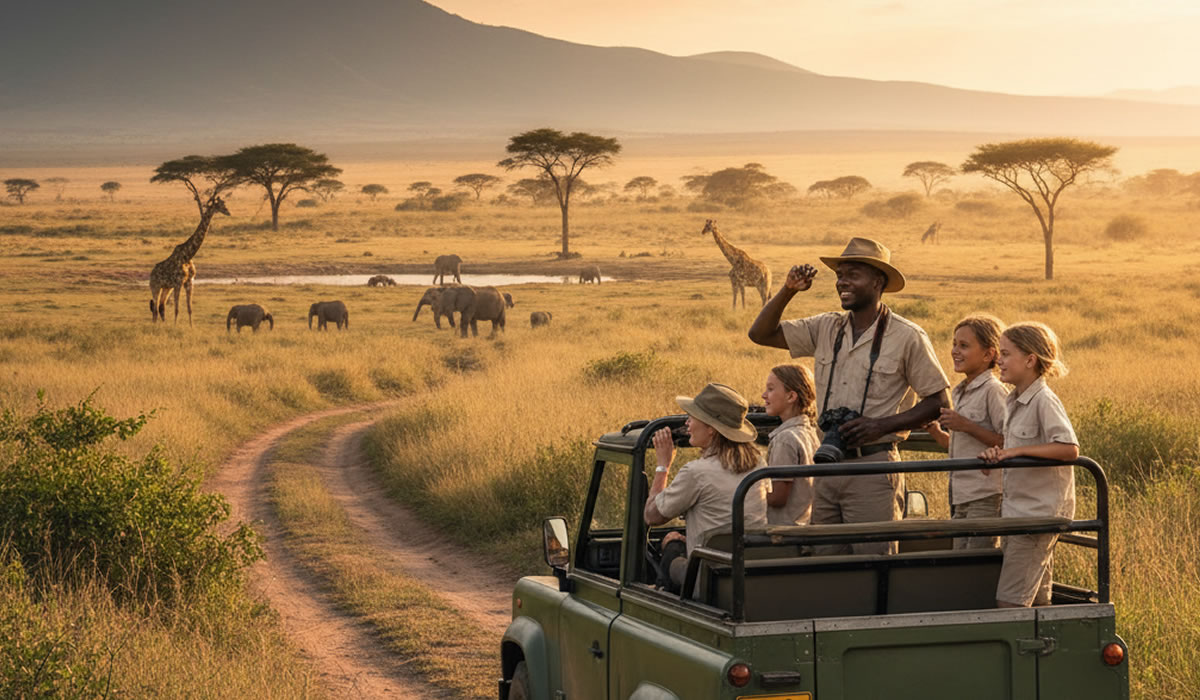Uganda, famously known as the Pearl of Africa, is a vibrant destination offering rich wildlife,…

Best Time of the Year to Visit Uganda
Uganda, often called the Pearl of Africa, is a destination full of natural beauty, cultural richness, and incredible wildlife. From the lush rainforests of Bwindi to the sparkling waters of Lake Victoria and the snow-capped peaks of the Rwenzori Mountains, Uganda offers a wide range of attractions for tourists all year round. However, knowing the best time of the year to visit Uganda can make your experience even more rewarding. The country’s tropical climate means that temperatures remain fairly consistent throughout the year, but rainfall and seasonal patterns greatly influence the best months for safaris, gorilla trekking, and cultural tours.
Understanding Uganda’s Climate
Uganda’s climate is generally tropical, with temperatures averaging between 20°C and 30°C (68°F to 86°F). The country experiences two main rainy seasons, the first from March to May and the second from September to November. The dry seasons, from December to February and June to August, are usually the most popular times for tourism. Because Uganda sits on the equator, daylight hours remain fairly constant, and even during the wet months, rain showers are often short, leaving plenty of sunshine throughout the day.
While rain can make some roads muddy and slippery, it also enhances the country’s lush landscapes, creating perfect conditions for photography and nature lovers. Therefore, both the dry and wet seasons offer distinct experiences, depending on what activities tourists want to enjoy.
The Dry Seasons (December to February and June to August)
The dry seasons are widely considered the best times to visit Uganda. These months provide ideal conditions for wildlife viewing, outdoor activities, and photography. During the dry periods, national parks are more accessible, trails are easier to navigate, and animals gather around water sources, making them easier to spot.
Perfect Conditions for Safaris
From December to February and again from June to August, Uganda’s savannah parks such as Queen Elizabeth National Park, Murchison Falls National Park, and Kidepo Valley National Park offer outstanding game-viewing opportunities. The reduced vegetation allows tourists to see animals clearly, and many species are drawn to rivers and watering holes. Elephants, lions, buffaloes, giraffes, and antelopes are especially active during these dry months. The open terrain also provides excellent opportunities for birdwatching, particularly in the semi-arid regions of Kidepo Valley.
Gorilla Trekking in Ideal Weather
The dry season is also the best time for gorilla trekking in Bwindi Impenetrable National Park and Mgahinga Gorilla National Park. The forest trails are less muddy, making it easier and safer to hike through the dense vegetation in search of mountain gorillas. Since gorilla trekking permits are limited, it is advisable to book well in advance, especially during these peak months. The weather conditions also make for better photography, as the forest canopy is brighter and less misty compared to the wet months.
Cultural and Adventure Activities
In addition to wildlife safaris, the dry months are perfect for exploring Uganda’s cultural and adventure attractions. Tourists can enjoy white-water rafting on the Nile River in Jinja, hiking in the Rwenzori Mountains, or visiting local communities for cultural experiences. Roads are in better condition, and many lodges and campsites are fully operational, providing comfortable accommodation options for tourists of all budgets.
The Wet Seasons (March to May and September to November)
While many tourists prefer visiting Uganda during the dry months, the wet seasons also have their own unique appeal. Rainfall brings life to the landscapes, making the countryside greener and more vibrant. It is also a quieter time to visit, with fewer tourists in national parks and more opportunities for discounted rates on accommodation and tours.
A Paradise for Birdwatchers
The wet seasons are the best time for birdwatching in Uganda. Migratory birds arrive from Europe and northern Africa, joining the country’s more than 1,000 resident species. National parks such as Mabamba Swamp, Queen Elizabeth, and Lake Mburo are filled with birdlife during these months. Tourists have the chance to see rare species like the shoebill stork, African finfoot, and great blue turaco. Although rain showers can interrupt excursions, the abundance of bird activity makes the experience worthwhile for birding enthusiasts.
Lush Scenery and Photography Opportunities
The rains bring out the best of Uganda’s natural beauty. Waterfalls such as Murchison Falls and Sipi Falls flow more powerfully, forests are greener, and the skies are often filled with dramatic cloud formations. For photographers, this season provides breathtaking scenery and vivid contrasts that are hard to find during the dry season. The countryside is also less dusty, and the air feels cleaner and cooler.
Affordable Travel and Peaceful Exploration
Because it is considered the low season, tourism numbers drop during the wet months. This makes it a great time for tourists who prefer solitude and want to explore at their own pace. Many lodges and tour operators offer special discounts, making it possible to enjoy high-end safaris at more affordable rates. However, some remote areas may become harder to access due to muddy roads, so it is advisable to use 4×4 vehicles and plan carefully with reputable tour operators.
Regional Differences in Uganda’s Weather
Uganda’s varied topography means that different regions experience slightly different weather patterns. The southern and western parts of the country, including Bwindi and Kibale Forest, receive more rainfall, while the northern regions, such as Kidepo Valley, are drier and hotter. Therefore, tourists can plan their trips based on regional climates.
For example, while March to May might be too wet for trekking in Bwindi, Kidepo remains relatively dry and accessible. Similarly, the central and eastern regions, including Jinja and Kampala, experience moderate weather year-round, making them suitable for city tours, boat cruises, and cultural visits at almost any time.
Special Events and Festivals
Uganda’s cultural calendar also influences the best time to visit. Several festivals and events take place throughout the year, providing an opportunity for tourists to experience the country’s vibrant traditions and hospitality.
- January to February: The Nyege Nyege Festival sometimes falls in these early months, although dates may vary. It is a major cultural and music event that attracts both locals and international visitors.
- June to August: The Rolex Festival and Uganda Martyrs Day celebrations draw large crowds and showcase the country’s culinary and religious heritage.
- December: The festive season brings a joyful atmosphere across the country, with Christmas and New Year celebrations taking place in both rural and urban areas.
Tourists who enjoy cultural immersion may choose to plan their visit around these events, combining them with wildlife safaris or nature tours.
Tips for Choosing the Best Time to Visit Uganda
When planning a trip to Uganda, it is important to consider the activities that interest you most. For wildlife safaris and gorilla trekking, the dry seasons are ideal. For birdwatching, photography, and budget-friendly travel, the wet seasons are better. Always pack light clothing for warm days, a rain jacket for unpredictable showers, and sturdy shoes for hiking. Since Uganda’s weather can change quickly, flexibility in travel plans can help you make the most of your visit.
Booking in advance is essential during the peak months of June to August and December to February, as accommodations and gorilla permits sell out fast. During the low season, spontaneous travel is easier, and you may enjoy quieter parks and reduced prices.
Uganda is a year-round destination, offering incredible experiences in every season. The best time of the year to visit Uganda largely depends on what kind of adventure you seek. The dry seasons provide the best conditions for safaris, gorilla trekking, and cultural exploration, while the wet seasons reveal a greener, more peaceful side of the country, perfect for birdwatching and photography. Whether you come for the wildlife, the people, or the landscapes, Uganda welcomes tourists at any time with open arms and endless opportunities for discovery.
No matter when you visit, the Pearl of Africa promises unforgettable memories that will stay with you long after you return home.




